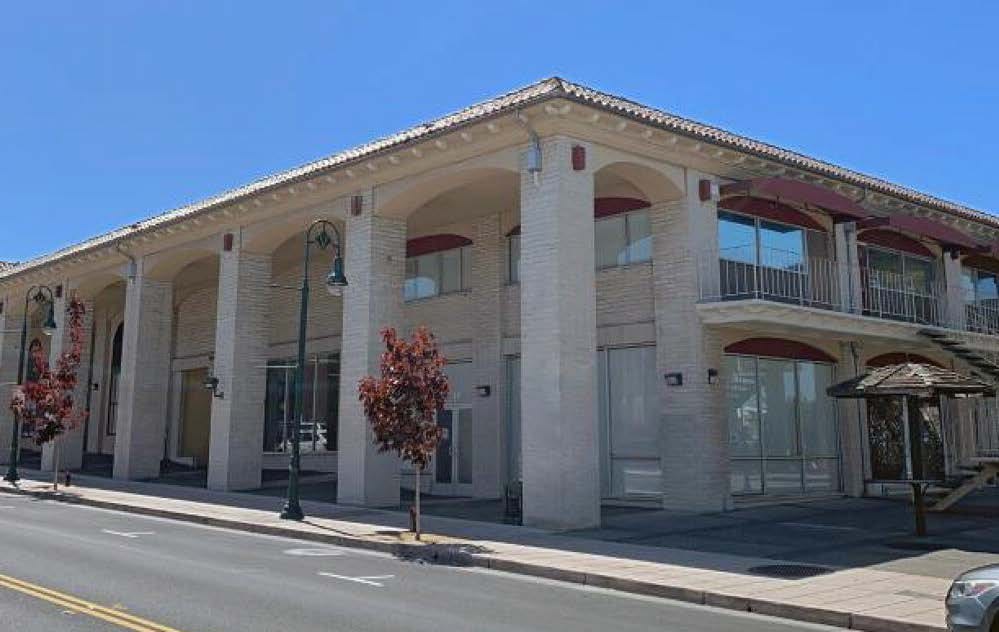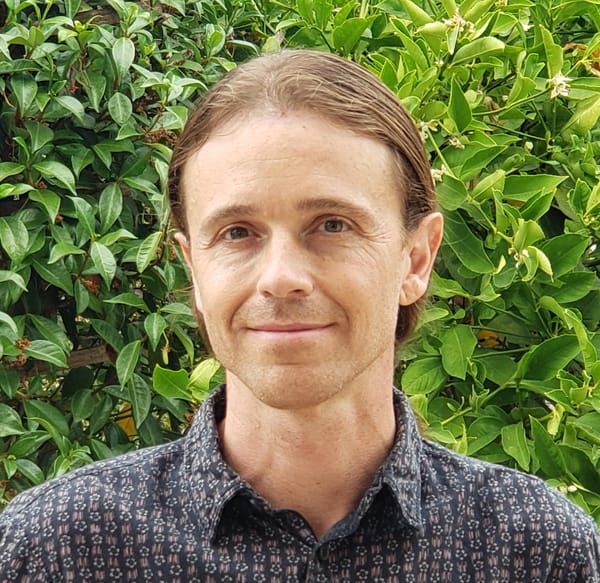VALLEJO – The Vallejo Planning Commission approved a plan to open a charter school in a vacant downtown office building on Monday, despite complaints from some residents that the building is not big enough for the planned school and that a school is incompatible with the city’s plan for the neighborhood to be an arts and entertainment district.
The planning commission voted 6-1 to approve the proposal by Elite Public Schools to convert the 34,819-square-foot office building that spans a half-block of Georgia Street between Santa Clara and Sacramento streets into a 400-student high school.
Elite currently offers classes for K-12 students at its North Vallejo campus at Whitney Avenue and Mini Drive. The proposal would move the high school classes downtown while middle school and primary school classes would remain at the Whitney campus.

Commissioner Wanda Madeiros was the lone “no” vote. Madeiros read excerpts from the downtown specific plan and the city’s general plan that designate the area as an arts and entertainment district, which she said is not suitable for a high school.
But other commissioners expressed that they were disheartened by some of the comments opposing the project as they felt some were motivated by the school’s majority Black enrollment.
Commissioner Anthony Taylor said that he thinks the project is meeting the goal of trying to create a vibrant downtown that is open to everyone. “What actually bothered me, and I'm going to be honest, is the idea of excluding someone, regardless of their age, ethnicity or cultural background,” Taylor said. “We should not be excluding. Everyone should be learning from everyone because they have something else to share.”
Elite was founded by the school’s current CEO, Ramona Bishop, and educators Bel Reyes and Alana Shackelford in 2018. Bishop served as Superintendent of the Vallejo City Unified School district for six years until she was fired by the school board in a 3-2 vote in 2017. Elite opened in 2019, with a school curriculum it says is designed to meet rigorous academic standards while providing culturally relevant learning experiences for a diverse student body.
At the meeting, the council chambers were filled with Elite students, parents, educators and administrators supporting the project as well as downtown property owners, residents and neighbors who brought up a number of concerns. Many comments touched on issues such as parking and traffic congestion. Some residents were concerned about whether the size of the facility could accommodate 400 students.
Other commenters said they thought the project could have an adverse impact on existing and future businesses in the downtown area.
Donna Beeman, who owns the office building next to the project site, said that she thought it could discourage businesses from opening in downtown Vallejo. “While staff infers that the high school will fill a void, it fails to recognize that the revenue producing businesses which we desperately need will not agree and will decide against locating downtown,” she said.
But Elite’s presentation listed 44 downtown businesses that support the high school project and anticipated students visiting local businesses and making use of the library and open spaces along the waterfront.
Resident Anne Carr questioned whether students are a viable clientele and said that customers with disposable income are key for the success of downtown businesses. “I don’t see that coming from high school students,” Carr said.
Juanita Reynolds, a member of Elite’s board of directors, said she envisioned a mutual benefit between students and downtown businesses. “As a high school administrator, I can tell you in downtown areas of Oakland and Sacramento, we fed the economy, we catered with businesses, our students worked with the art galleries and there's this reciprocal learning that happens,” she said.
Residents opposed to the project also expressed concern that the high school would bring violence to the downtown area. Downtown resident Jason Gray referred to a shooting at Vallejo High and said that they have frequent lockdown drills. “That’s not what we want downtown. We want to draw people into downtown,” he said.
Elite initially submitted their proposal for the project in May 2022. The city planning department conducted a review of the project that included a traffic analysis, a preliminary environmental study and an examination of city codes related to educational facilities that could impact the businesses in the area.
The traffic study indicated that adequate parking is available in downtown lots and that added trips to and from the school would not significantly impact traffic at the eight intersections surrounding the project. The department found that city codes do not require existing businesses to obtain additional permits for alcohol sales in proximity to a school. Other educational uses in the area already require new businesses to obtain a conditional use permit.
Erwin Ordoñez, the city’s lead planner for the project, said that the high school project is consistent with zoning uses outlined in the general plan and that the hours of operation, primarily during the day on weekdays, is compatible with surrounding uses.
The proposed project location has no outdoor space that can be used for recreation. The design plans include two indoor physical education rooms, but the square footage of those spaces still fell short of the required standard. Ordoñez said that the planning commission has the authority to approve the project if the applicant has a use agreement with a local park or if the applicant is willing to stagger the scheduling of physical education classes for more efficient use of the recreational space.
Elite’s project planners agreed to adjust their scheduling and said they have a joint use agreement at nearby Wilson Park, but the formal agreement had not yet been included in the proposal.
Commissioner Donald Douglass was initially concerned that the project might not meet architectural standards regarding square feet of building space per student, but after hearing assurances from the project’s architect and the city’s planning staff, he was satisfied that the project met all applicable standards.
“I think that a more integrated approach to revitalizing downtown Vallejo may be something that we want to think about or do something about,” Douglass said. “This building has been sitting vacant for a while and there's a lot of other properties that are like this. So maybe this is a way where we can begin to bring in other activities into downtown.”
Commissioner Tara Beasley-Stansberry offered a final comment before the vote. “These young adults are consumers which we desperately need,” she said. “And so are their parents. I am one of them. But more importantly, they are our future. I hope that these children see the businesses downtown and want to start one of their own one day. This is what it looks like to empower a child to want to work and live in the same city.”
Before you go...
It’s expensive to produce the kind of high-quality journalism we do at the Vallejo Sun. And we rely on reader support so we can keep publishing.
If you enjoy our regular beat reporting, in-depth investigations, and deep-dive podcast episodes, chip in so we can keep doing this work and bringing you the journalism you rely on.
Click here to become a sustaining member of our newsroom.
THE VALLEJO SUN NEWSLETTER
Investigative reporting, regular updates, events and more
- education
- government
- Vallejo
- Elite Public Schools
- Ramona Bishop
- Wanda Madeiros
- Anthony Taylor
- Bel Reyes
- Alana Shackelford
- Anne Carr
- Juanita Reynolds
- Donna Beeman
- Jason Gray
- Erwin Ordonez
- Donald Douglass
- Tara Beasley-Stansberry

Ryan Geller
Ryan Geller writes about transitions in food, health, housing, environment, and agriculture. He covers City Hall for the Vallejo Sun.
follow me :




